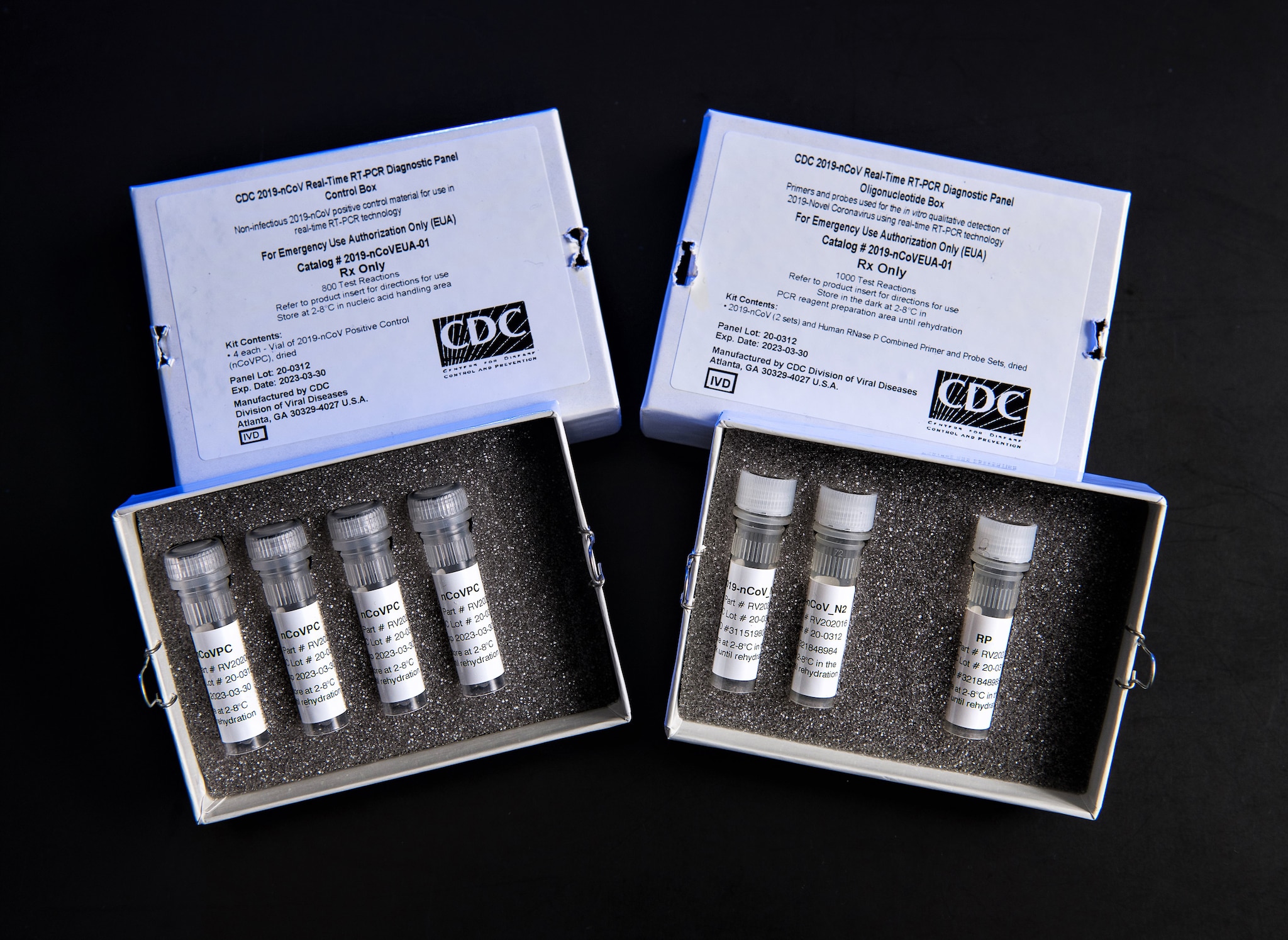Managing COVID-19
What we know now
The World Health Organization declared a pandemic on March 11, 2020, the first global pandemic known to be caused by the coronavirus. Four previous pandemics have occurred in the last century, all related to influenza, therefore little is known about how to handle the virus.
As of Friday, March 13th (coincidental, huh?), Governor Mike DeWine closed all schools in the state of Ohio for three weeks and restricted gatherings of 100 people or more, including outdoor events. He also called for limited visitation practices at nursing homes. Additionally, the President of the United States declared a National Emergency.
We know the virus is spread from person-to-person but the complete clinical picture is unknown (according to the CDC).
Who needs protection
We have to think of this event as a global crisis that requires all hands on deck. We know that this virus is most lethal for the elderly and those with compromising health conditions including diabetes, heart disease and lung disease. Any person can be a carrier and unfortunately our health care systems are not prepared to handle the needs of those affected. The easiest way to prevent the spread and attenuation of the virus is through social distancing, wearing a mask and continuation of exercise and health eating habits to optimize immunity. (See our video on what we are doing to assist this and how you can get involved: HERE.)
Taking space
The downside of social distancing is that we risk isolation. As large events continue to be cancelled or postpones and other gathering places such as schools and museums limit capacity and interactions, many people are feeling the pinch of the barriers.
The Isolation
Isolation is detrimental and can make dealing with adversity difficult. According to the Journal of Aging Life Care, there are strong links between loneliness and health, including depression, cardiovascular disease and inflammation. It becomes a cyclical event when circumstances require distancing from friends and family, that distance creates feelings of isolation, the isolation then triggers depression, and depression means poor acceptance of stress. (See our post on how social connection impacts health: HERE.)
Fortunately, telecommunication and virtual communication are common, accessible and easily utilized. Thanks to FaceTime and Skype, among others, we can connect with friends and family and hopefully offset many of the effects of isolation. This includes businesses continuing to offer their goods and services – including us! (Book here.)
Resilience and mindset are key
During times like these it’s easy to stress. We’re all worried; concerned for our elderly neighbor, our child with asthma, our teachers and pastors. The worry about missing work, not being able to pay bills, and losing productivity is not lost upon any one person. Luckily, this is an opportunity for us to teach our children and ourselves resilience. Taking advantage of this opportunity to step back and reflect on what this down time can provide.
Resilience exists in people who develop psychological and behavioral capabilities that allow them to remain calm during crises and chaos and to move on without long-term negative consequences. Resiliency is not an individual trait. It’s learned from interactions with the environment and is the process that either protects or promotes well-being.
Most people when faced with adversity either:
- Implode with overwhelming emotions, go numb or are unable to react
- Erupt with anger
- Become upset about the disruption
The last response promotes well-being and is used by resilient people. Living in a reactive state instead of a responsive state leads to inability to cope and on onset of negative emotions like fear, anger, anxiety, helplessness, and hopelessness. Those that respond and are therefore resilient tend to be able to cope, spring back and halt crisis.
Post COVID Times
The resilience gained from the COVID-19 event will provide far more benefit than we can imagine today. Using this forced isolation as a time to be grateful for extra moments with our families, down time to do projects that have been neglected or to create something with our hands, will all promote coping skills. We know that using our hands is a good way to distract our mind from our current situation.
Performing mindfulness practices regularly helps to reduce our sympathetic overdrive (fight or flight) and empowers us to better handle our stressors. Coping skills will be enhanced during this period, and perhaps more importantly, so will those of our children. Using this time to teach our kids about adversity and the response to it will prepare them for a future of inevitable disruptions.
Check out this interesting article on 9 effective techniques for practicing mindfulness in dealing with covid-related stress from Fingerprint for Success.
Here are a few tools to foster improved resilience:
-
- Self-talk: “I can handle this.”
- Prepare: financially and socially.
- Meditate.
- Exercise.
- Practice self-care.
- Communicate your needs to others.
So much is unknown
At this point much remains unknown.
While this may feel like a very selfish time recognize that ultimately this is about collectivism. Relying on authorities to provide us up-to-date information and utilizing proper hygiene will ensure the most optimal outcome for our community. Interacting with friends and family from a distance will help with short term feelings of containment. Taking time to enjoy each moment of the day will allow for the reflection and contentment that we typically miss during the rigamarole of daily life. Going on a walk outside or sleeping in a little longer are ways to easily improve our mental preparedness.
When this is all said and done we will all be stronger and more prepared for the next event no matter the challenges that event presents.
_________________________________________________________________________________________
About the author:
Dr. Sarah Cash Crawford, PT, DPT, COMT, CMTPT, is a physical therapist and certified myofasical trigger point therapist through Myopain Seminars ®, the only certifying body of Trigger Point Dry Needling in the US. Dr. Crawford trained under Jan Dommerholt, PT and founder of Myopain Seminars ®, who worked directly under Drs. Travell and Simmons in his pursuit to bring dry needling to the U.S. Dr. Crawford has been performing Trigger Point Dry Needling the Cincinnati area for over six years and was the first CMTPT in the state of Ohio. She has been a practicing physical therapy for eight years. With a background in neurologic rehabilitation, manual therapy and a specialty in treating chronic pain, Dr. Crawford began studying dry needling to further expand her treatment options to help patients overcome the influence of myofascial restriction. Dr. Crawford is the founder of the Anchor Wellness Center & Anchor Wellness, Inc., an integrative health practice that specializes in physical therapy and pilates.


Trackbacks/Pingbacks